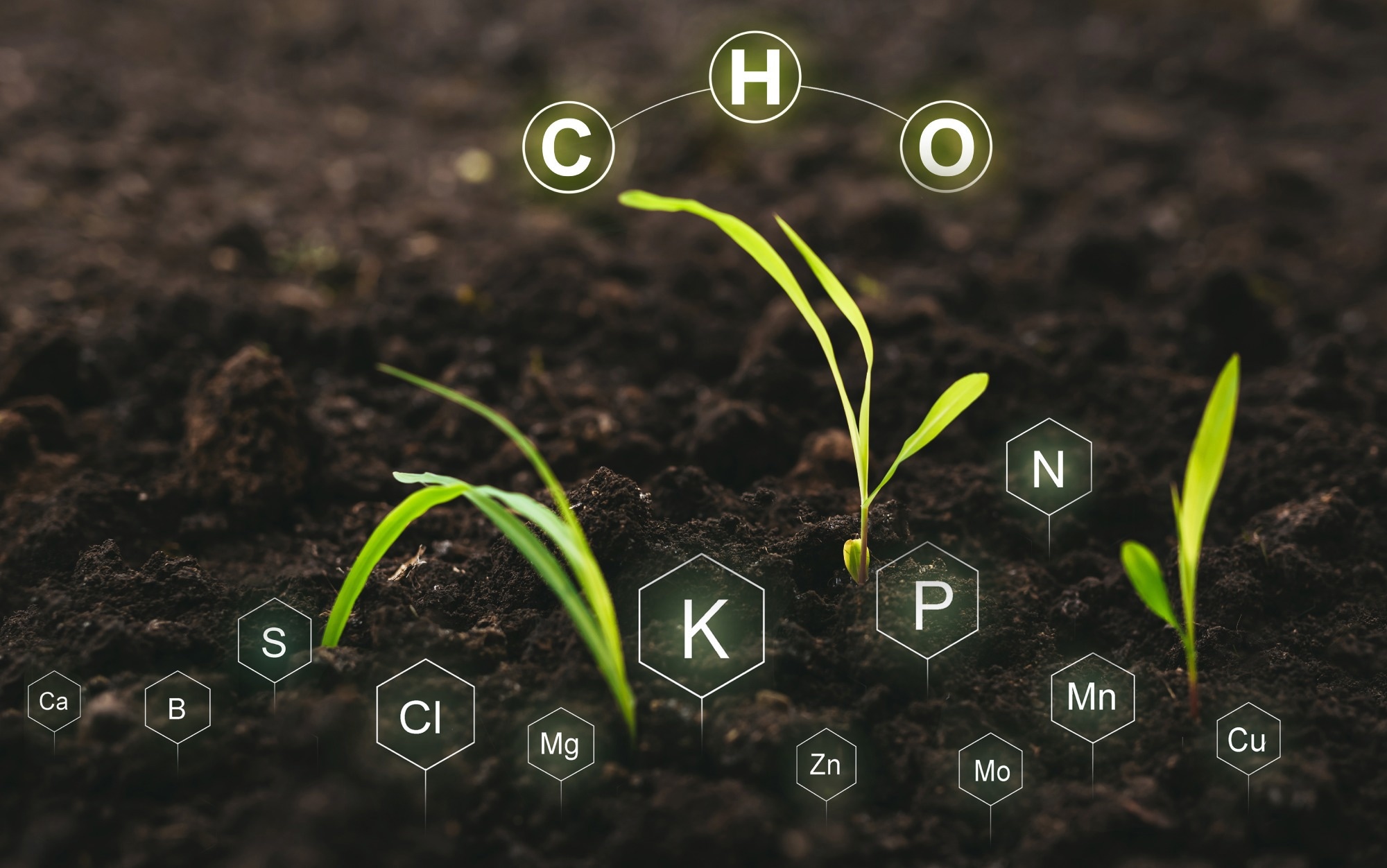In a recent study published in Scientific Reports, researchers examined the relationship between soil mineral content and health status among the pediatric and adult female populations of India.
 Study: Soil micronutrients linked to human health in India. Image Credit: Miha Creative/Shutterstock.com
Study: Soil micronutrients linked to human health in India. Image Credit: Miha Creative/Shutterstock.com
Micronutrient deficiency negatively impacts children’s learning, intelligence quotient (IQ), motor skills, and immune system function. In developing countries, a significant portion of the population is at higher risk due to low bioavailable mineral concentrations in crops.
Agronomic fortification, involving trace minerals like zinc, iodine, and selenium, has been employed by countries like Turkey, China, and Finland to increase crop mineral concentration and domestic human mineral status.
India, which contributes to over one-third of the world's malnourished children, is particularly crucial for research on micronutrient malnutrition. The growing availability of georeferenced data on health and nutrition status and soil nutrients provides new opportunities to understand the role of edaphic factors in food security and health.
About the study
In the present cross-sectional study, researchers investigated whether soil mineral content has a causal impact on the health status of Indian children and women concerning hemoglobin levels and physical growth.
The team linked health data from nearly 300,000 children and one million adult women across India with more than 27 million soil assessments drawn from a national soil health program. In particular, the relationship between the zinc content in soil and pediatric stunting or female height and the association between the iron content of soil and anemia in the pediatric and female populations were assessed. Linear regression modeling was performed for the analysis.
The exposure of individuals to soil minerals was measured as the percentage of soil evaluations in their residential district deemed adequate for a particular trace mineral. The health outcomes in the study comprised hemoglobin levels and anthropometrics for pediatric individuals and blood hemoglobin levels and height for adult females. Further, the team evaluated the robustness of the findings by including additional controls, district-level data on other soil micro- and macro-nutrient tests (such as percentage satisfactory specimens for phosphorus, calcium, and nitrogen), and fertilizer use-related controls.
Furthermore, the researchers examined heterogeneity by region, urban versus rural residential type, gender, and wealth. Soil information was obtained from the Soil Health Card Scheme of India between 2017 and 2019. To assess variations in the district-level data aggregates, sample-level information from the Soil Health Card of Bihar was compared to the obtained district-level information.
Data on pediatric and feminine health and data for model controls were retrieved from India’s National Family Health Survey (NFHS), conducted between 2015 and 2016. Children were described as underweight, wasted, or stunted based on their z-scores and the World Health Organization’s (WHO) standards. Fertilizer information was obtained from the International Crops Research Institute for Semi-Arid Tropics 2015-2017 datasets.
Results and discussion
Soil zinc content was positively correlated with children’s linear height growth, and the iron content in the soil was positively correlated with hemoglobin levels. The association between the amount of zinc in soil and pediatric stunting was particularly robust, with a one standard deviation elevation in tests for satisfactory zinc content in soil (corresponding to an increase of 24% in the percentage of adequate zinc assessments) related to 11 fewer stunted children per 1,000 and a decrease in 12 underweight children per 1,000.
The zinc-stunting association was strongest for wealthier households and children residing in the northern and southern parts of India, perhaps reflecting that children from poorer homes face many more health constraints beyond zinc status that contribute to stunting. The zinc content in the soil was also linked to an elevation in female height.
One-SD elevation in satisfactory zinc content in soil was related to a 0.3 cm elevation in female height. However, district-level zinc content in soil was not associated with pediatric wasting, in accordance with previous studies. A one standard deviation in satisfactory soil iron content (corresponding to a 27% elevation in the percentage of sufficient iron evaluations) was related to a 0.04 g/dL rise in hemoglobin levels for pediatric individuals and adult females.
Similar results were obtained by controlling fertilizer usage. In models controlled for other soil nutrients, the link between the zinc content in soil and stunting remained significant, but the relationships between other micronutrients and health outcomes became statistically insignificant.
Oster’s sensitivity test results indicated a causal association between zinc content in soil and child stunting. There were no significant differences in the strength of the soil zinc-stunting association for girls versus boys or children residing in rural versus urban locations.
The relationship between soil zinc content and women's height is less robust than between soil zinc content and child stunting. This may be due to adult women moving across districts or older generations having more constraints on height.
Some adolescents may experience catch-up growth, which may mitigate the impacts of reduced childhood zinc intake. Soil zinc and iron content may also impact height and anemia, as soil zinc deficiency impedes cereal yields and zinc concentration in edible crops.
Overall, the study findings showed that soil mineral content in India impacts human nutritional status and health, indicating agronomic fortification as a method to reduce micronutrient deficiency. The relationship between the iron content of soil and hemoglobin is crucial from a population health perspective, as India has a high anemia prevalence.
The study contributes to the scientific body of evidence on environmental factors like sanitation, air pollution, aflatoxins, and child stunting.